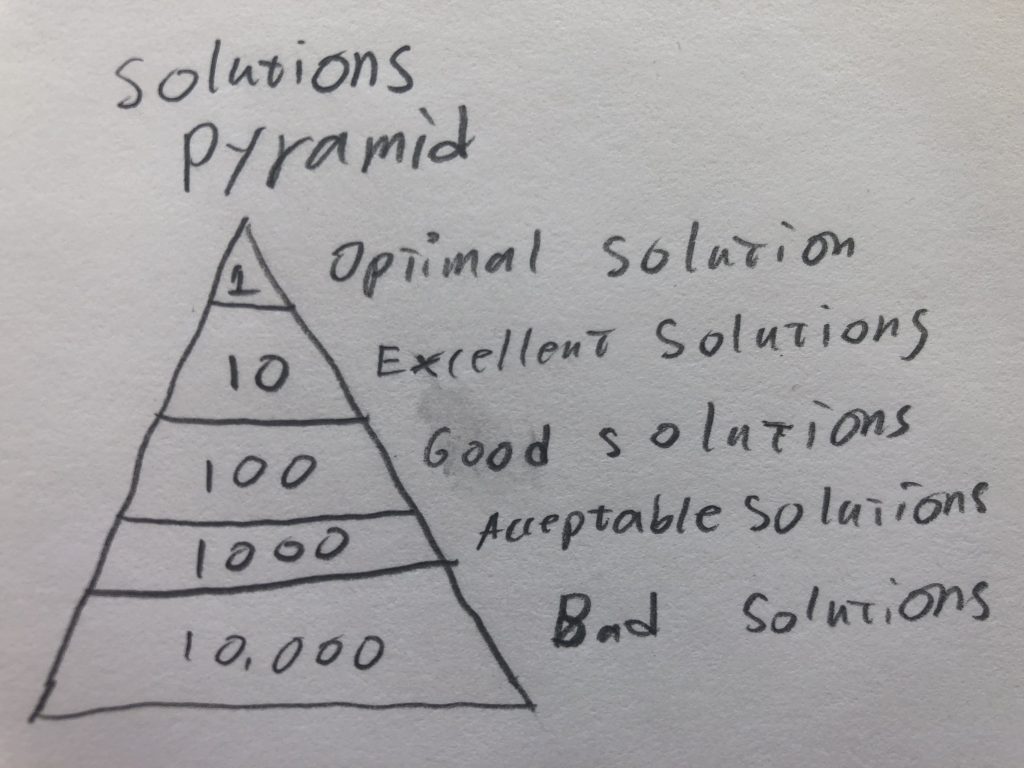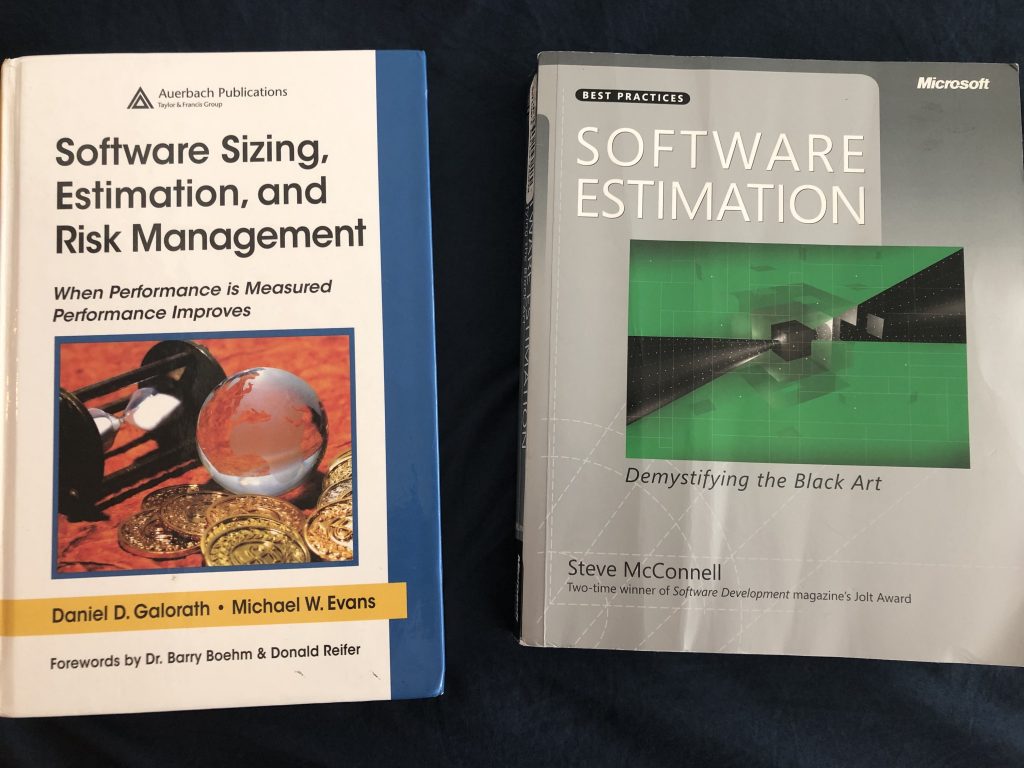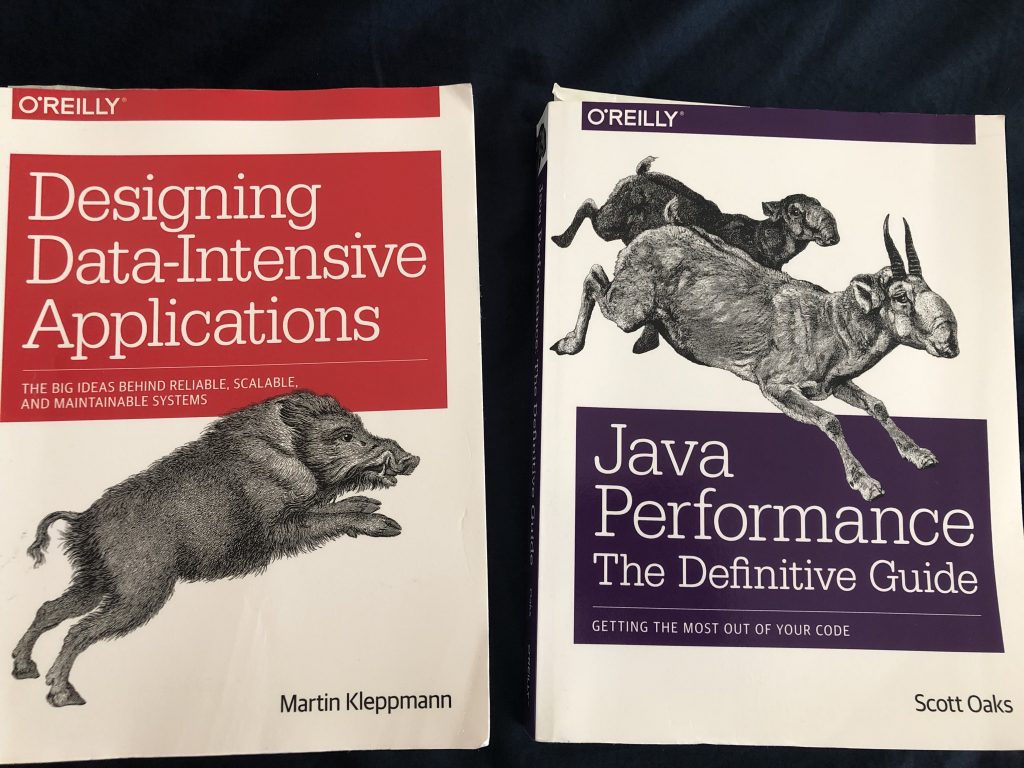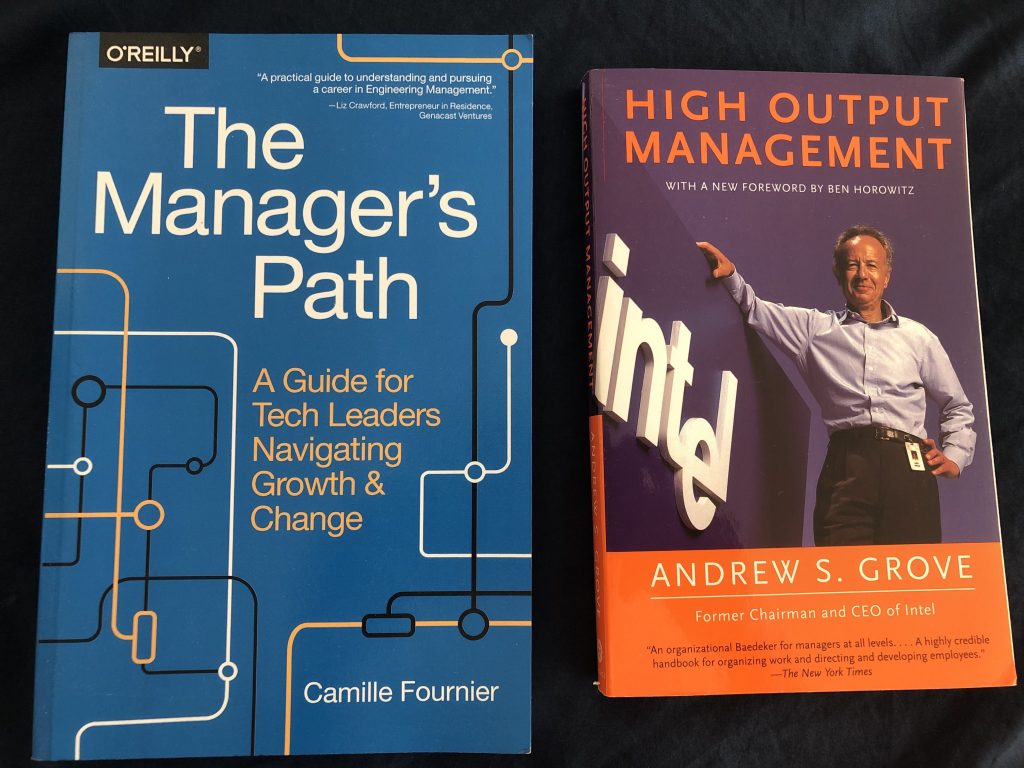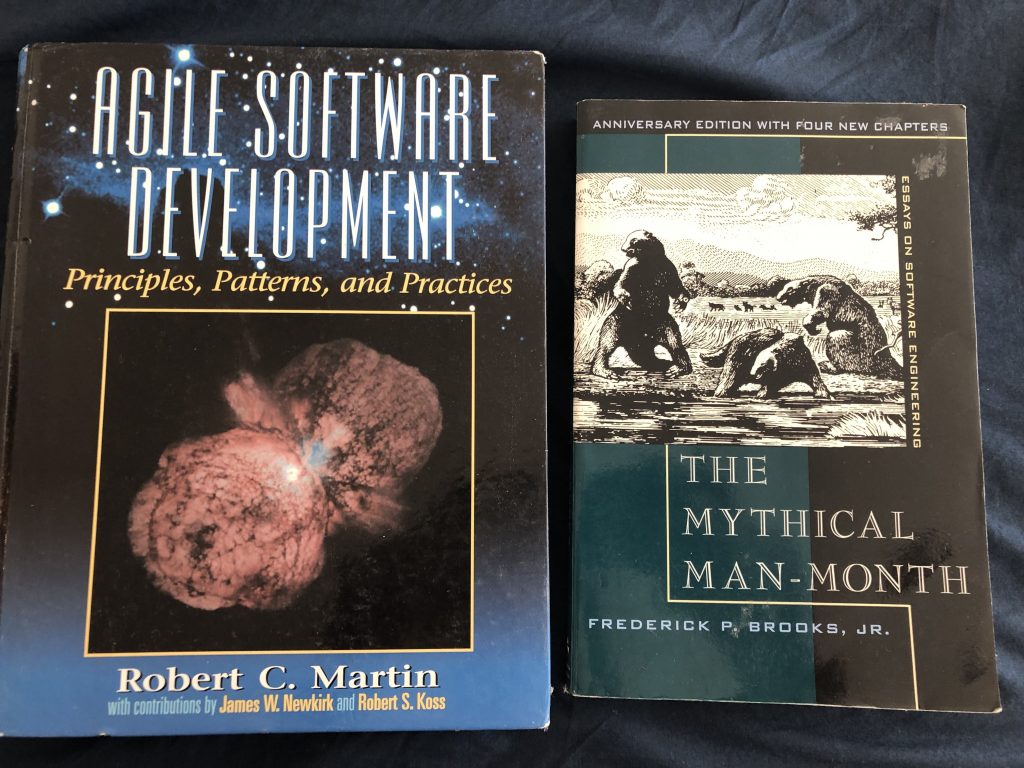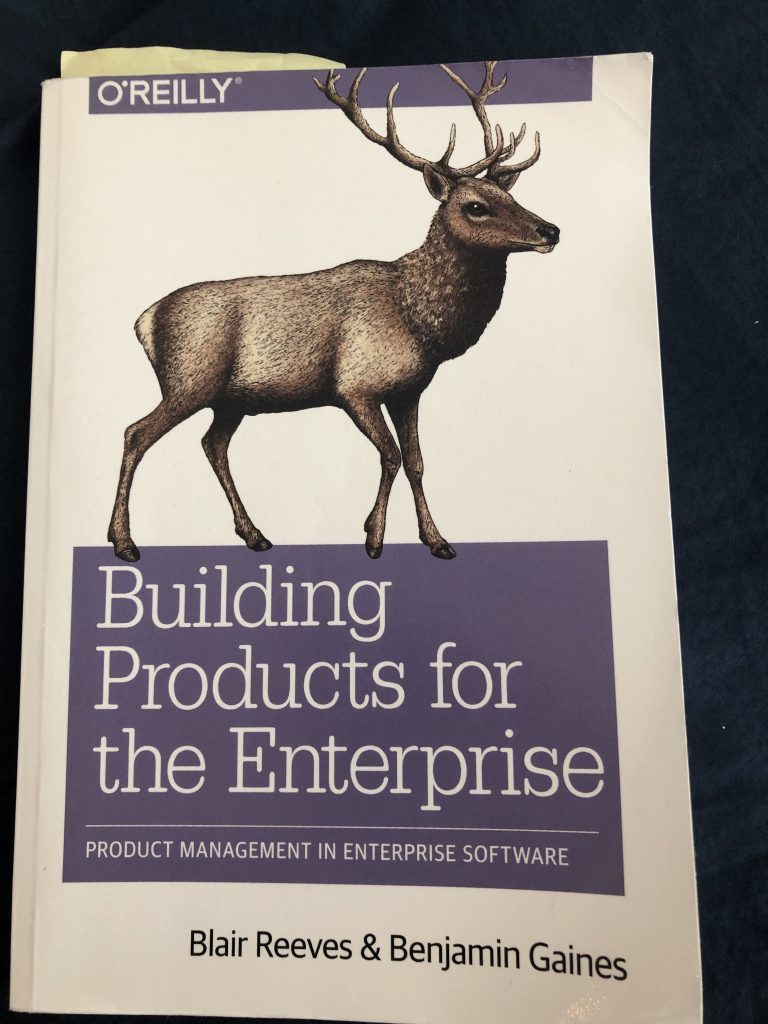I started my software engineering career in consulting. We did application development for large companies that did not have enough engineers on staff to get their projects done. We had a Statement of Work and a list of stories to do. Then we handed over the code and went back to our nice benches. Consulting was a big thing, we had executives, million dollar contracts, etc. I often ran in situations where I was spinning my wheels waiting for people to make decisions or to sell another contract. We ran some internal projects, but they were always an after thought.
Now I work in a product company somewhat similar to the companies we used to consult with. We have what is essentially an unlimited amount of work. There isn’t any time for anyone to be ‘on the bench’. We have enough work for double our headcount. I have 5 real, valuable projects that I want to work on. It is just an issue of prioritizing and getting things done. But the thing is, a lot of stuff is falling through the cracks.
We don’t have time to do everything, but we do need a lot of things improved.
We could use an expert on CI/CD pipelines to come in for a month and upgrade our pipeline. We could use a java performance expert to come in and help us cut end user latency by 50%. We could use a consultant to help us break up the monolith. We have opportunities for a dozen consultants, but from the outside you don’t see the internal workings of the product company. You can’t see that we have hundreds of ways to make the product better and no where near enough work to do it.

